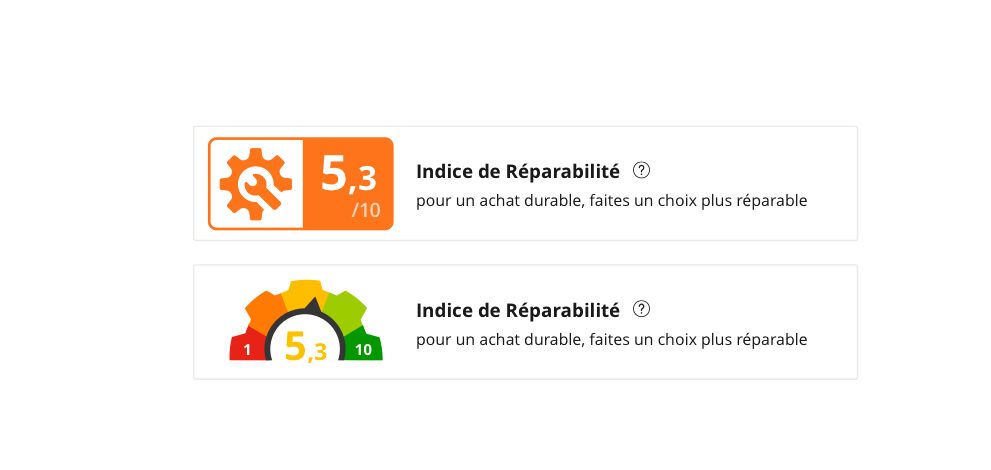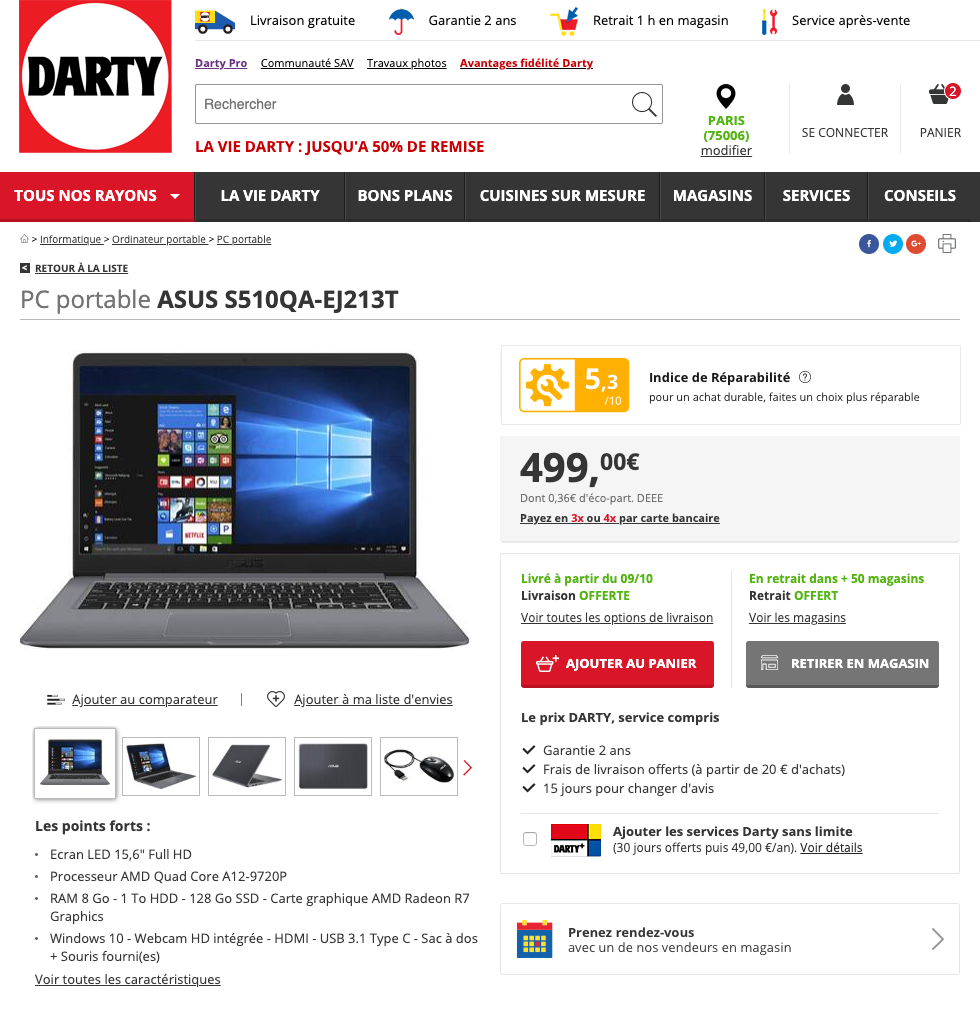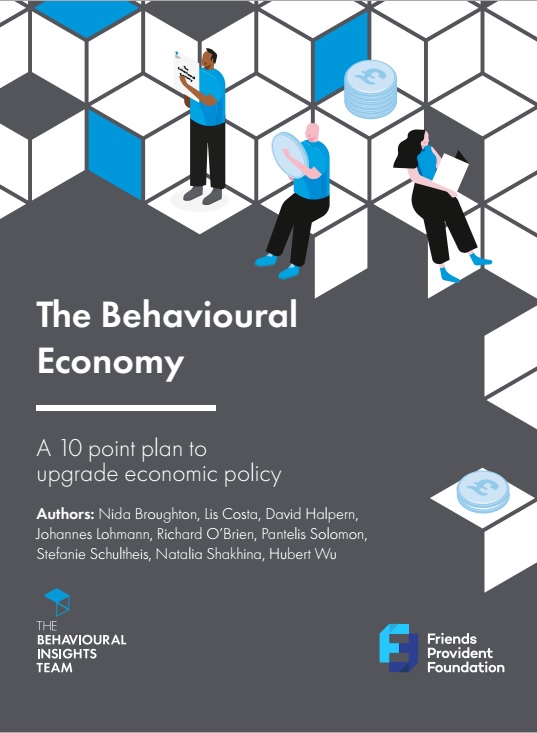With Black Friday on the horizon, deals on phones, computers and all sorts of electronics are popping up in our inboxes. Yet, when you know that in 2019 we produced approximately 53.6 million tons of electronic waste globally (a number which is growing year on year), with over 80% of that waste not handled properly, it does make you want to think twice before “Adding to cart”.
Governments seem to be making sustainable consumption a priority: the French government has for example made promoting a more circular economy where people repair, rather than replace one of its flagship environmental programmes. Interest in similar ideas also seems to be growing globally, showcased by the EU’s proposal for a new Circular Economy Action Plan, the UK’s Government’s Circular Economy Package, as well as the ongoing debate on repairability in parliament.
But what is currently stopping consumers from repairing, not replacing? And what are effective ways to promote repairability and affect purchasing behaviours?
This is what we set out to understand as part of a project where, in partnership with the Direction Interministérielle de la Transformation Publique (DITP) and Thibaud Griessinger, we accompanied the French Ministry of Environment in the development of a repairability index for electrical and electronic goods.
Repairability is a complex concept which is often poorly understood
We looked at how to display a repairability index to increase comprehension and engagement. As the governmental index was still being developed, we based our work on the repairability index for laptops that had already been designed and validated by Fnac-Darty, one of France’s largest distributors of electronics.
By exploring the journey of a consumer considering a laptop purchase, we found, among other things, that people struggle to understand the concept of repairability (what does repairability mean? and how do repairability scores compare?). Additionally consumers do not necessarily see the advantage of making a repairable purchase. Instead, they tend to think it’ll be too hard and expensive to repair a laptop, and often don’t see the longer-term savings from being able to keep their laptop longer.
We proposed and tested new designs to display the repairability index, drawing from two key lessons we learnt from behavioural sciences:
- Make sure the key takeaway is clear and immediate: that meant ensuring clients could immediately know if a score was good or bad and compare laptops.
- Make the benefits to the individual salient: we highlighted benefits in terms of durability and potential savings.
Image 1: The repairability index

Image 2: The repairability index in context

One of the largest field trials in this space
Our collaboration with Fnac Darty allowed us to test the impact of different index displays in real conditions: first via a randomised controlled trial on Darty’s website in which over 140 000 customers took part, and then via a qualitative study in Darty stores. This is one of the largest field trials to date in this space, which is particularly noteworthy as most studies had so far taken place in the lab.
Our results showed that the index didn’t impact the average repairability score of the laptops that were purchased. In other words, even after seeing the score, customers weren’t making more repairable purchases.
However, and perhaps surprisingly, customers appeared to be less likely to go ahead with a purchase if they had seen the repairability score, and to prefer purchasing nothing, or a laptop which did not yet carry a repairability score. We cannot tell whether this is because they preferred to avoid information about potential bad news, or if the score prompted reflection around the need for a new laptop. This result suggests though that we should not give up on repairability!
Repairability here, repairability there, repairability everywhere
Promoting sustainable consumption was never going to be easy, especially when we all know how attractive new electronics can be.
Our results provide a few key lessons though, that we believe will be useful as governments try to promote more circular consumption models:
- An index alone likely won’t do the job: for a measure like a repairability index to be successful, the incentives of consumers, distributors and manufacturers should be aligned. Otherwise, it is likely that manufacturers and distributors will choose to only display good scores, thus stripping the index of its comparative value.
- To be considered, the index has to be front-and-center for consumers: consumers don’t go looking for the repairability information themselves, and seem to avoid this information in some cases. The index should be salient, and everywhere. This has been taken into account by the French government, as they are now making the display of the score mandatory for all electric and electronic goods.
- More needs to be done to familiarise people with the concept of repairability: Communication and information about the index, its purpose and the way it’s built seem fundamental for the index to be taken into account. In-store staff, who are still an important part of purchases, should also receive training so they can pass this information on to customers.
We have been very happy to see these findings be taken into account by the French government, and hope they might prove useful to others. And in the meantime, we’ll try to lead by example by resisting Black Friday’s siren call for shiny new electronics this year…
For more information on this project, and access to the final report.





